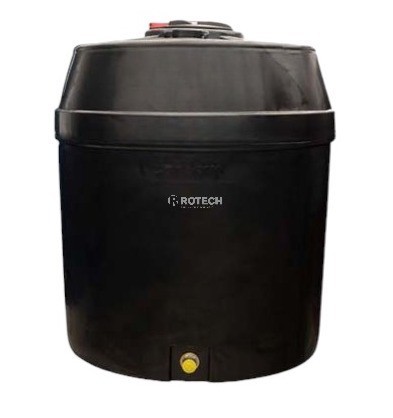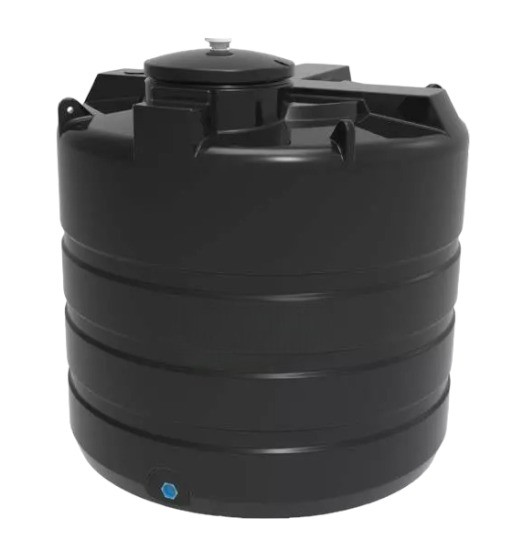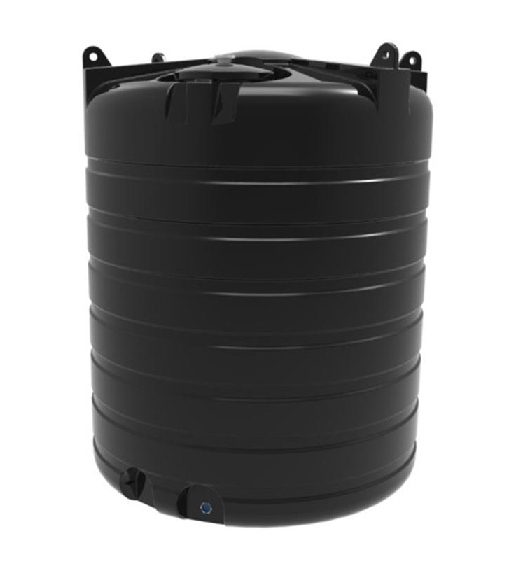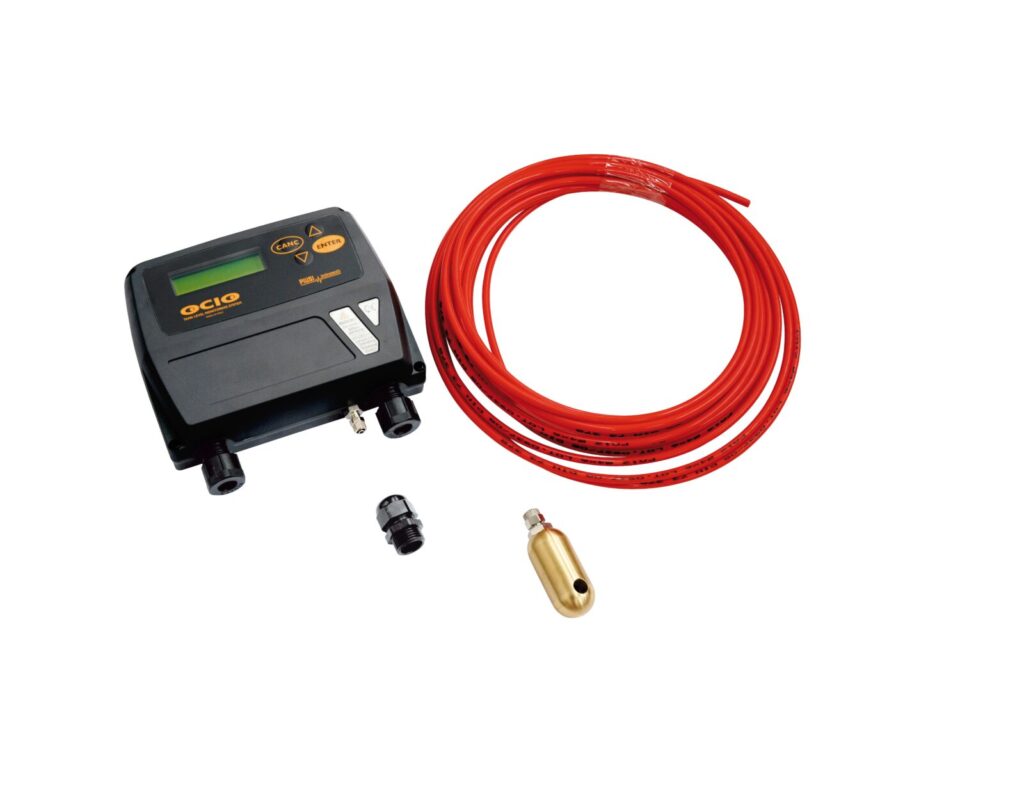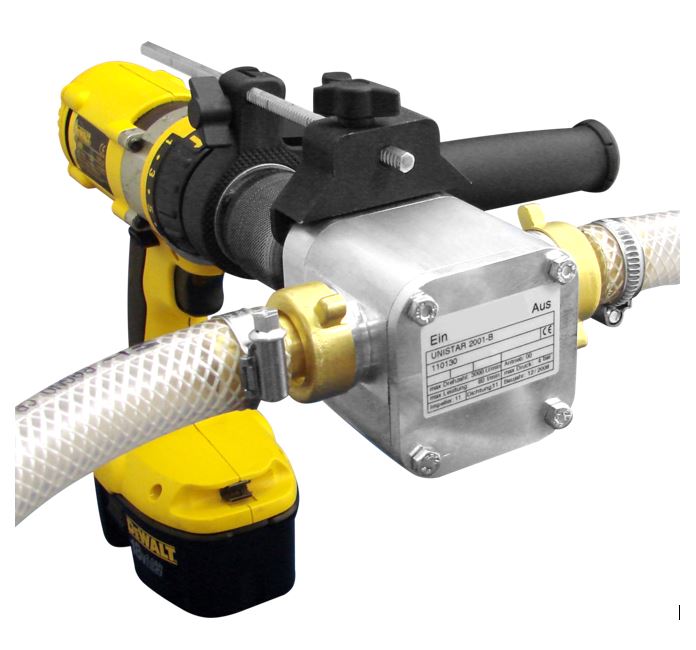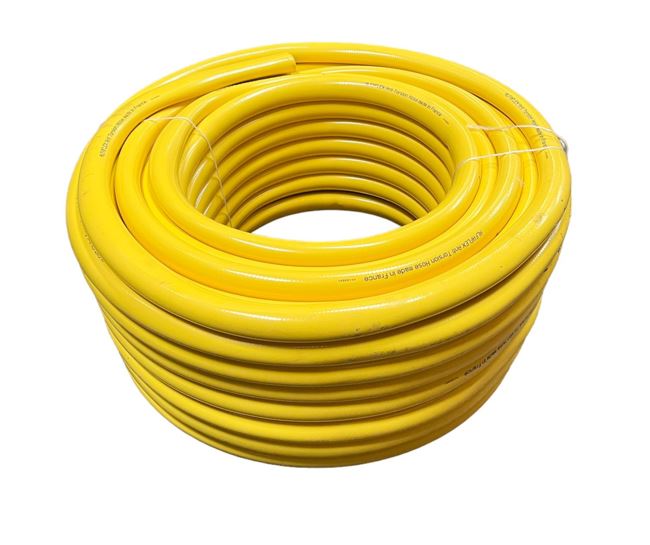Rainwater harvesting in Ireland is a sustainable practice that involves collecting and storing rainwater for later use, rather than letting it run off into drains or waterways.
Given Ireland’s reputation for frequent rainfall, this technique holds significant potential for conserving water and reducing dependence on mains water sources.
To implement rainwater harvesting at your home or farm, several steps need to be followed:
Collection System
The first step involves setting up a collection system to capture rainwater. This typically includes installing gutters and downspouts on roofs to channel rainwater into storage tanks or barrels.
To prevent large debris from entering the gutters, your gutters should have a gutter protection screening. You don’t need a special type of gutter for rainwater harvesting.
Filtration
Rainwater collected from roofs may contain debris, dirt, or contaminants. Therefore, it’s essential to incorporate filtration systems to remove impurities before storage.
It’s recommended that you install a downspout filter for self-cleaning filtration and a first flush diverter. The first flush of contaminated rainwater is prevented from entering the tank, thanks to the first flush diverter.
To keep pests out, a tank screen should be installed at the entry point.
Storage Tanks
Rainwater is stored in tanks or barrels for later use. These storage containers should be adequately sealed to prevent contamination. Tanks can be placed above or below ground depending on space availability and personal preference.
We have a variety of water storage tanks ideal for rainwater harvesting. You can check them out here.
Auto-fill System & Tank Gauge
To always keep a minimum amount of water in the tank, you can install an auto-fill system. This is vital for automatic irrigation systems.
It’s also worth using a tank gauge to monitor the water level. Why not check out our tank gauges?
Our PIUSI Ocio digital tank gauge detects the static pressure created by the fluid height using a tube that displays the fluid or volume. This tube is inserted into the tank. This gauge can be fitted up to 50 metres from that tank, which allows for easy access. It also boasts a high accuracy of +/- 1%.
Distribution System
Then you need to decide on a pump system to distribute the rainwater. There may be some large debris that comes through the pump. To stop the debris from going any further, you should install an irrigation filter inline after the pump.
Check out our drill pump 1”, which is suitable for rainwater or dirty water with no large particles. It has a high output portable pump, and it can be powered by any cordless drill. It’s self-priming up to a depth of 3 metres and has an output of up to 60 litres per minute.
What can the rainwater be used for?
The water can then be used for various non-potable uses such as watering gardens, flushing toilets, washing cars, and cleaning clothes in a washing machine.
There are many benefits to rainwater harvesting. We have listed some below:
Conserves Water & Saves Costs
Rainwater harvesting reduces reliance on mains water supplies. This conserves precious freshwater resources, especially during dry spells or droughts.
Also, by using harvested rainwater for uses like watering gardens or flushing toilets, you can lower your water bills over time.
Great For The Environment
Rainwater harvesting reduces runoff, which can help prevent soil erosion, mitigate flooding, and alleviate pressure on stormwater drainage systems. Additionally, it promotes groundwater recharge by allowing rainwater to percolate into the soil.
Supports Self-Sufficiency
Harvesting rainwater promotes self-sufficiency by providing an alternative water source for domestic and agricultural needs. This can be especially beneficial in rural areas or locations with limited access to municipal water supplies.
Reduces Demand on Infrastructure
By decreasing demand for mains water, rainwater harvesting reduces strain on water treatment plants and distribution networks. This extends the lifespan of existing infrastructure and potentially delays the need for costly expansions or upgrades.
Overall, rain water harvesting presents a practical and environmentally friendly solution for water management in Ireland. It offers several benefits for both homeowners and the broader community.
With proper implementation and maintenance, it can contribute significantly to water conservation efforts while reducing reliance on traditional water sources.
Please reach out to professionals before setting up your own rainwater collection system.
Our Water Storage Tanks
Our water storage tanks range includes 3 tanks in 3 different sizes: 3,000L, 3,800L, and 9,250L. Thanks to their large capacity, all of them are suitable for rainwater harvesting.
All of them are moulded in one piece from medium density polyethylene, which makes them impact resistant and corrosion resistant. This allows them to withstand the rigours of regular use.
They’re also manufactured from UV stabilised polymer, which protects them from the damage sunlight can cause.
Their 500mm access opening with a manhole lid at the top of the tank allows for easy access. To transport them, you can pick them up with a lifting device via the 4 lifting eyes, or you can use pallet forks with extensions from underneath.
Our Water Equipment
Why not also have a look at our water equipment range? We stock water pumps, PTO water pumps, nozzles and hoses, and hose reels.
If you install a tap at the bottom of the rainwater tank, you can easily attach a hose for watering the garden. Check out our washdown hose here. It’s flexible, while also remaining highly durable. It’s a high performing hose and can withstand up to 40 bar pressure.

